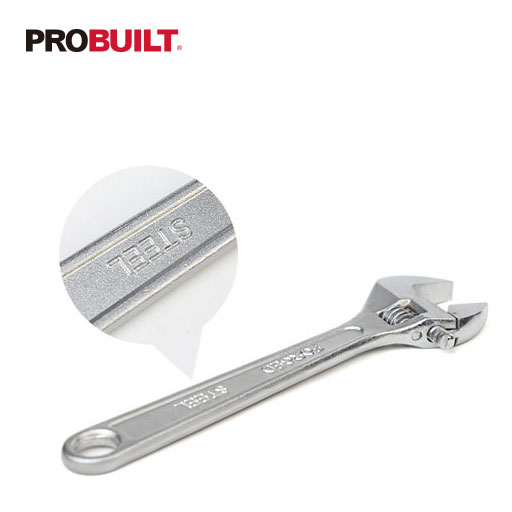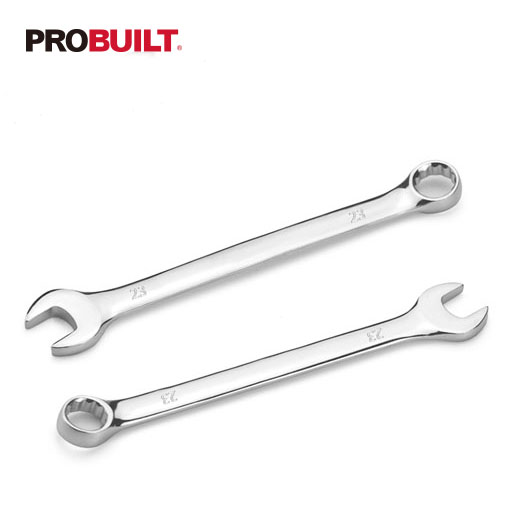+86 311 8533 5186
In the world of tools and mechanics, two terms that are often used interchangeably, yet possess distinct characteristics, are "spanner" and "wrench". These tools are essential for various tasks, particularly in the realm of maintenance, repair, and construction. While both serve the same fundamental purpose of turning nuts and bolts, they come in various forms and have specific uses that set them apart. This essay aims to explore the differences between spanners and wrenches, delving into their definitions, uses, common types, and the contexts in which they excel.
A spanner, known as a "wrench" in North America, is a hand tool designed to provide a mechanical advantage in turning objects, such as nuts and bolts, by applying torque. The primary function of both spanners and wrenches is to tighten or loosen fasteners with ease. These tools are indispensable in various industries, including automotive, construction, and household maintenance.
Spanner: Mainly used in British English, refers to a fixed-size spanner.
Wrench: Mainly used in American English, usually refers to an adjustable spanner (such as a monkey wrench).


Spanners and wrenches find their utility in a multitude of applications, both industrial and domestic. In the automotive sector, mechanics use them to work on engines, suspension systems, and other intricate components. In construction, they are vital for assembling scaffolding, tightening structural elements, and ensuring the stability of various structures. Additionally, spanners and wrenches are invaluable for plumbing tasks, furniture assembly, and countless other household repairs.
The world of spanners and wrenches encompasses an array of types, each designed to fulfill specific tasks. One of the most common types is the adjustable spanner or adjustable wrench, which features an adjustable jaw to accommodate various sizes of nuts and bolts. This versatility makes it a staple in many toolkits. The combination wrench has a closed-end design on one side and an open-end design on the other, offering flexibility in accessing fasteners located in tight spaces. The socket wrench, also known as a ratchet wrench, employs detachable sockets to fit a variety of bolt sizes, making it a preferred choice for mechanics. The torque wrench is a specialized tool used to achieve precise torque settings in applications where specific levels of tightness are crucial, such as engine assembly.
Spanner:
Applicable to bolts and nuts of specific sizes, providing better fit and torque.
Commonly used in scenarios that require precise operation or high torque (such as automotive repair, mechanical assembly).
Wrench:
Applicable to bolts and nuts of various sizes, with greater flexibility.
Commonly used in home repairs or scenarios that require quick adjustments.
While spanner and wrench are often used interchangeably, "spanner" can refer to a broader range of tools, including those used to lock and loosen plumbing fittings. "Wrench," on the other hand, primarily pertains to tools used for turning nuts and bolts.
In conclusion, spanners and wrenches are essential tools that play a pivotal role in various industries and day-to-day tasks. Despite their similar purpose of turning nuts and bolts, they are distinct in their designs, applications, and terminologies. The adjustable spanner, combination wrench, socket wrench, and torque wrench are just a few examples of the diverse range of tools available within these categories. Whether it's fixing a leaky pipe, assembling furniture, or performing intricate automotive repairs, the right spanner or wrench is the key to efficient and successful outcomes. As language and nomenclature evolve across different regions, the crucial role of these tools remains consistent, ensuring the smooth operation of machinery and the completion of tasks, both big and small.

Copyright © Sinotools Industrial All Rights Reserved.. Technical Support: